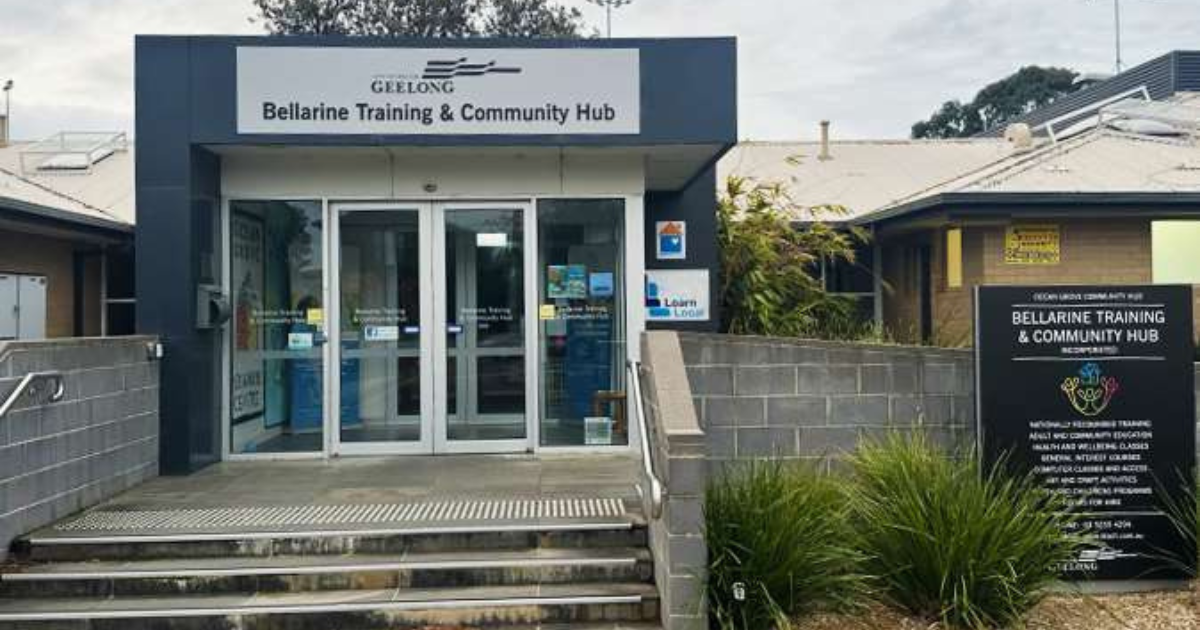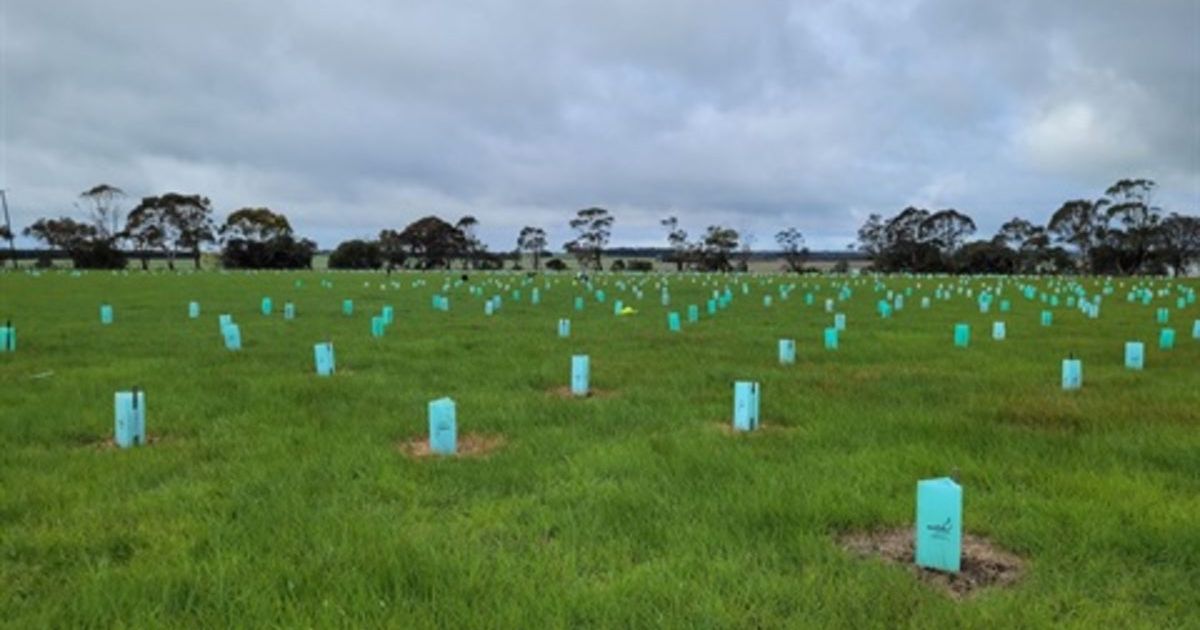Erosion work and planning continues as sea levels rise

A drone image captured by GORCAPA shows the damage and potential risk which resulted in the permanent closure of Demons Bluff. Photo: GORCAPA
DRONE surveys along the Great Ocean Road are playing a key role in monitoring erosion and coastal hazards, as state authorities close beaches, build groynes and plan for climate change and a possible sea level rise of at least 80 centimetres by 2100.
The Great Ocean Road Coast and Parks Authority regularly photographs and assesses post-storm erosion via drone surveys as part of a broader program to identify and plan for rehabilitation or protection work.
The development of Coastal Adaption Plans are currently focused on Wye River and Eastern View, where coastal hazards are predicted to increase due to climate change.
GORCAPA’s planning, strategy and transition acting director Paul Jane said coasts were dynamic environments impacted by storms that were increasing in severity and frequency due to climate change.
“In some locations along the Great Ocean Road, this erosion is occurring at a fast rate and is impacting important community assets and infrastructure,” Mr Jane said.
“To plan for and mitigate these impacts, the Great Ocean Road Coast and Parks Authority is working closely with the Department of Environment, Land, Water and Planning to develop and implement Coastal Adaptation Plans for the Great Ocean Road coastline.
“These plans will identify short and long-term options for the authority to manage the impacts and protect foreshores, Crown land and critical infrastructure from storm surge, wave attack and rising sea levels.”
Meanwhile, as adaption plans are completed and monitoring continues, GORCAPA’s onsite works at various sites along the Great Ocean Road are progressing to prevent further damage.
Large sand bags have been placed along the dune system and three sand bag groynes have been created on the beach to protect the dunes in front of the Wye River Surf Club following significant erosion in early 2021, and a new ramp is being built.
Two 70-metre rock groynes at Apollo Bay, designed to protect the dune, walking path, cypress trees and Great Ocean Road, were completed in February this year.
Stage two of the $7.4 million project at Apollo Bay will include construction of about 600 metres of new rock seawall along the foreshore north of Milford Street; a 160-metre-long rock seawall between the two groynes constructed during stage one; a third 70-metre groyne just north of Mariners Lookout Road revegetation, and new pedestrian stairways and maintenance vehicle access ramps.
Sand scraping and repair of an access ramp at the Jan Juc Surf Life Saving Club were completed by GORCAPA last month, following winter rainfall, swell and high tides.
A cliff collapse risk identified at Aireys Inlet last year as part of a geotechnical assessment led to the temporary closure of a section of the Surf Coast Walk in Aireys Inlet last year, and after GORCAPA completed the construction of new clifftop route, it was reopened in mid-2021.
Following the identification and investigation into a large tension crack in the cliff top at Demons Bluff in Anglesea this year, the beach is now permanently closed.
Erosion has also forced the temporary closure of Spout Creek, the car park and access ramp for the safety of visitors.
These will reopen when considered safe, with alternative beach access available about 300 metres towards Moggs Creek.
Planning is also currently underway to address erosion at sections of Eastern View and avoid further damage to infrastructure and habitat.
More information about coastal adaption plans is available online at marineandcoasts.vic.gov.au/coastal-programs/coastal-adaptation-plans.

















